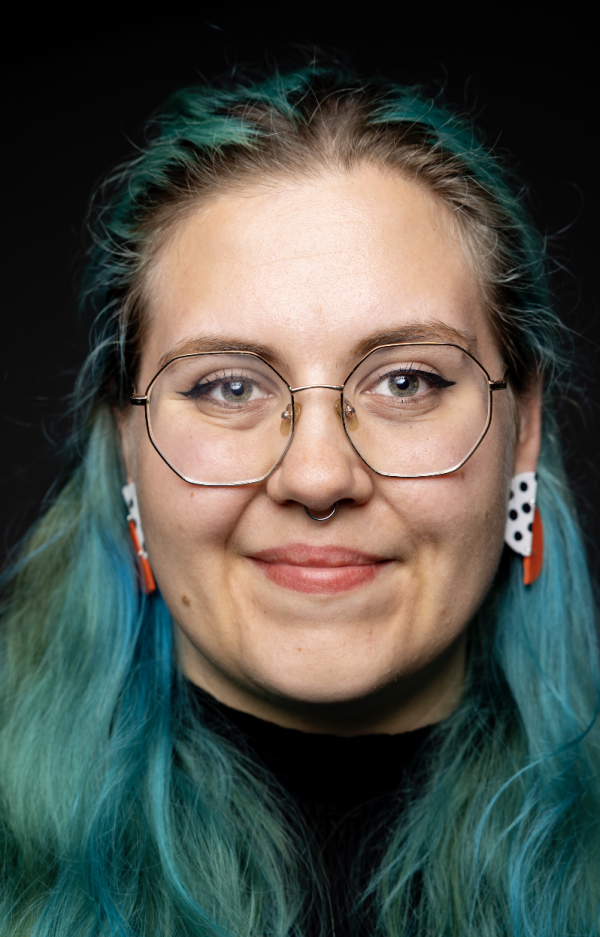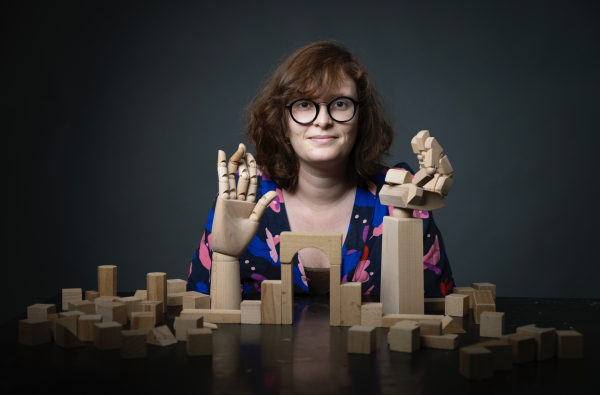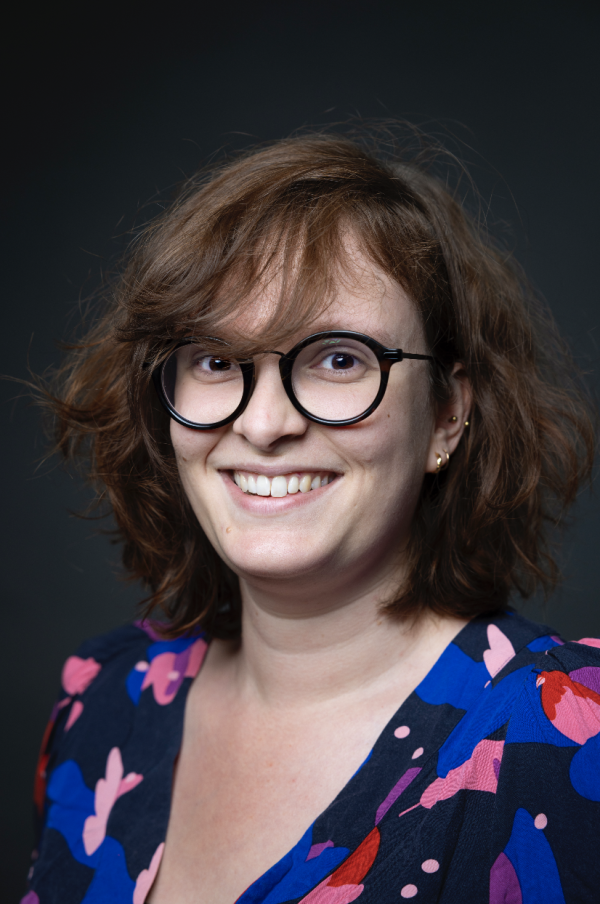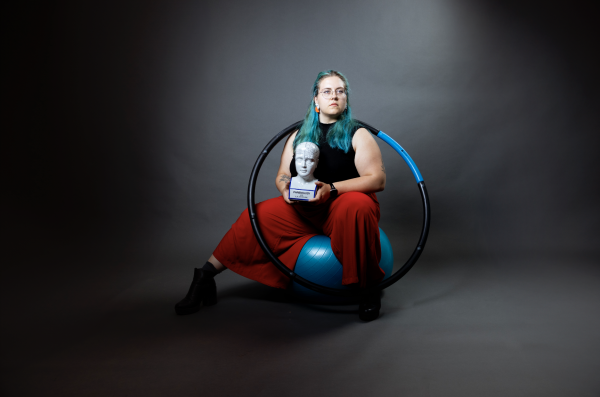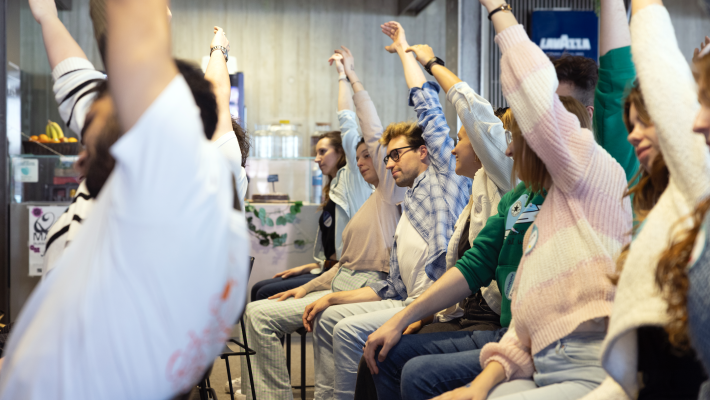Gamification and health: how an app gets people moving
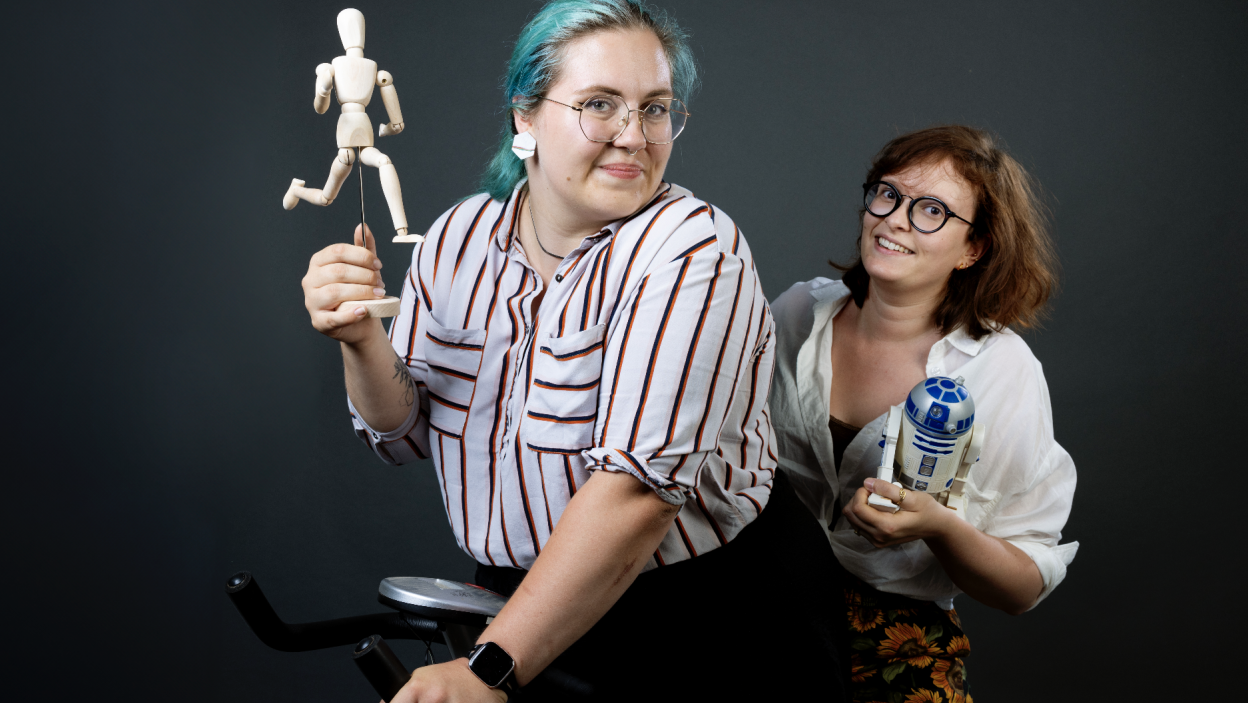
Comon interviewed Maya and Stéphanie, two researchers from Ghent University, about their collaborative project designed to encourage physical activity. Combining expertise in health and computer sciences, they are developing a personalized app that helps users create and follow through on action plans. Maya Braun (Ghent Health Psychology Lab) focuses on bridging the gap between wanting to exercise and actually doing it. Stéphanie Carlier (IDLab-UGent-imec) explores how game principles can keep people motivated. Their app offers tailored advice and helps users overcome barriers to movement.
What is your PhD about?
Maya: "Many people want to be more active but struggle to do so. My PhD addresses the gap between the intention to exercise and actual behavior. One method is by helping people create tailored plans. It's not enough to just tell them that exercise is important—they already know that. I am working on a computer application that supports people in making effective action plans and helps them to execute these plans. It's crucial for people to anticipate what might go wrong and learn to cope with these obstacles. Luckily, I can collaborate with Stéphanie on this."
Stéphanie: "We are increasingly using mobile applications in healthcare, but many of them don't work well. For instance, many people have a fitness app on their smartphone, but how often are they actually used? My PhD seeks solutions by applying principles from video games to keep people motivated to use these apps. Customization is key. However, building and testing these kinds of apps is not straightforward. As a computer scientist, I lack sufficient knowledge of the healthcare sector, which is why I rely on Maya's expertise."
Maya: "Together, we are developing an app that supports people in creating plans to be more active. Each morning, the app offers five suggestions for activities, and users choose what they want to do. The app also helps them overcome barriers. For example, if you want to go for a walk but it's going to rain, the app suggests bringing an umbrella or choosing a different activity, like taking the stairs more often. This way, we give people a nudge to be more active."
Aren't there already similar tools?
Stéphanie: "There are many apps like Strava and Fitbit, but they mainly target people who are already motivated. These apps focus on tracking and monitoring activity, which doesn't work for everyone. Other apps require users to input a lot of data, but most people don't want to spend hours doing that."
Maya: "Some researchers have developed apps to help people create plans, but they often give users an open text field to fill in their goals, accompanied by general tips. This approach lacks personalization, and the quality of the plans can vary greatly."
Stéphanie: "Not everyone needs the same kind of support. Some people need occasional reminders to stay active, while others prefer less frequent prompts. We are looking for the best way to make this possible through technology."
Maya: "With the rise of AI tools like ChatGPT, some think we can solve this problem with artificial intelligence. However, we believe it's unwise to rely solely on computer-generated health tips. That's why we built an ontology, based on existing knowledge about motivating people, rather than large datasets."
What is an ontology?
Maya: "An ontology is a very smart list that, in our case, details all forms of physical activity, like football, cycling, and shopping, and how they are related (to each other). For example, football falls under sports, and shopping under household activities. The ontology helps us understand and identify options for activities suitable for different users."
Stéphanie: "The advantage is that computers can interpret these lists. Once we have such a list, we can use it for many applications. Our app, for instance, could offer personalized advice to those who want to be more active. We hope that people in the health sector will reuse and expand our ontology for other purposes."
Is it a simple task?
Stéphanie: "In computer science, we often work with relatively simple ontologies. We initially thought this would be quick to create, but it turned out to be more complex. For example, defining a sport like football is easy until you ask, "Does kicking a ball between two people count?" Should we differentiate between organized sports and spontaneous play?"
Maya: "And how do you define the relationships between tennis, a racket, and the intensity of the movement? How do you incorporate barriers that prevent people from exercising? For example, weather doesn't matter in indoor tennis, but rain can be a major hindrance for outdoor matches. We had to include all these rules in the ontology so that the computer could reason logically. The advantage is that everything is clearly defined. It's not just "Tennis is a racket sport," but also "Tennis is a racket sport played by two to four players, lasting this long, etc."
We had hoped to reuse an existing ontology. We reviewed 28 ontologies on physical activity, but they were all very basic, mostly proof of concepts, often master's theses. They were often poorly substantiated or described, and certainly not applicable for providing tailored advice on exercise plans. For example, there was an excellent ontology with about twenty rehabilitation exercises and information on the muscle groups they target. Fascinating, but not very relevant to us, of course."
So you had to create your own...
Maya: "We went through a comprehensive process. We consulted the literature, using the Health Action Process Approach (HAPA) as a solid framework. Additionally, we engaged with domain experts, both locally and internationally. We organized brainstorming sessions and workshops with sports scientists, psychologists, and computer scientists. Moreover, we involved a significant number of end users in focus group discussions."
Stéphanie: "The end users really surprised us. We worked with a population of healthy individuals and wondered how much their perspective would differ from ours. They had specific expectations for our app, such as wanting tracking features and charts. Our eyes were opened when it came to barriers as well.
We organized two phases during the focus groups. In the first phase, participants could freely suggest ideas. In the second, we asked them to rank statements by importance. Surprisingly, while everyone initially emphasized the social aspect of sport and movement, this was not highly ranked in the second phase."
Maya: "It can be frustrating to have to submit a proposal for funding before starting research. For us, it was almost predetermined that we would focus on an intervention involving exercise planning. But when you organize a focus group and ask people what they want to do, if they don’t mention "planning," you have a problem, since that's the basis of your entire idea. This can lead researchers to only involve users at the énd of the study."
Stéphanie: "That goes against everything our research group believes in. Along with Femke De Backere, we strongly emphasize design thinking, where the user is central. It would be strange to deviate from that. I wouldn’t want it any other way, really."
What is the result?
Maya: "Our ontology can give personalized advice to help people create and follow through with exercise plans. Based on 22 parameters, such as age, gender, occupation, and physical fitness, the system offers tailored tips. For example, someone who is less fit won't receive recommendations for intensive sports. Similarly, we won't suggest expensive hobbies to people with limited financial resources."
Stéphanie: "At this moment, the system only provides recommendations based on if-then relationships. For example, if a person has a desk job, then we might suggest taking the stairs at work. However, it could be improved by accounting for human uncertainties. For instance, if it rains, there's an 80% chance the person won’t want to exercise outdoors. Incorporating this adds complexity. The ontology would need significant expansion—how do we define rain? Drizzle, heavy rain? Activities vary based on weather conditions, and factors like temperature, wind, and daylight would also need consideration."
Maya: "We need to keep it feasible, of course. I don't think it's necessary to include every weather phenomenon. However, we should be able to align the likelihood of rain with the probability of someone choosing to exercise. This might not even be needed for our target group. After all, we are focusing on healthy individuals who are not meeting the WHO's recommendations for physical activity. They likely don’t require overly complex advice."
Stéphanie: "And not necessarily just tips for exercise. That's why I appreciate that our ontology also includes other forms of physical activity, like household chores, gardening, ironing, vacuuming and active transportation. Of course, we might occasionally suggest activities like playing padel. However, it’s more likely that we’ll encourage people to be active by biking to the store or walking to work. This was also evident from the focus group discussions."
What's next?
Maya: "I would like to explore two avenues. On the one hand, I want to investigate how movement, eating and sleeping are interconnected, both physically and psychologically. How do these behaviors influence one another? What happens if, after exercising, you reward yourself with unhealthy food and as a result sleep worse afterward? How do our thought patterns affect our health? And vice versa. Quite a few people indicate that they eat healthier when they feel better physically.
On the other hand, I am curious about how we can adjust our advice on creating exercise plans to suit diverse target groups, such as adults with autism or ADHD. We know that these groups often struggle with the executive functions needed for planning and following through. How can we best support thém in this process?"
Stéphanie: "My big dream remains to develop an accessible building block system, containing components to quickly create health applications and serious games. When you look at how much time we have invested in this project. Dozens of domain experts and hundreds of users have been involved. It must be possible to reuse all that knowledge and insights, right? In my PhD research, I already developed a theoretical framework for this. But it would be amazing to be able to also offer it as a ready-to-use solution."
